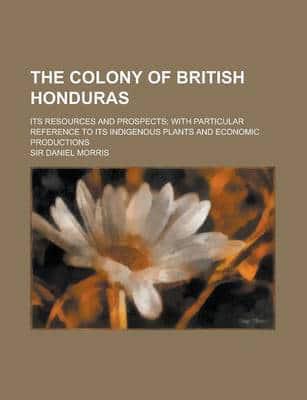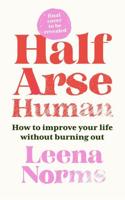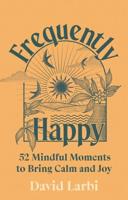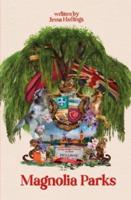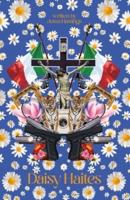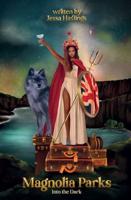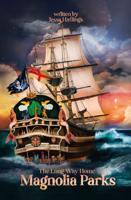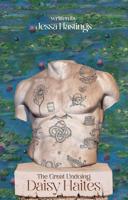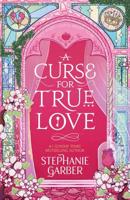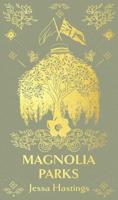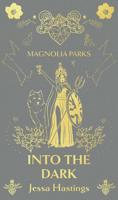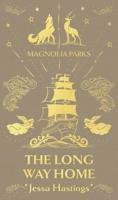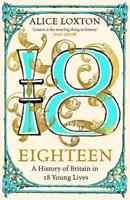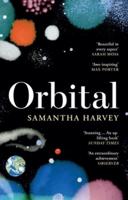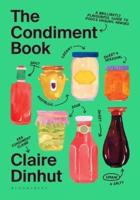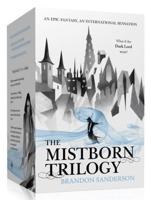Publisher's Synopsis
This historic book may have numerous typos and missing text. Purchasers can usually download a free scanned copy of the original book (without typos) from the publisher. Not indexed. Not illustrated. 1883 edition. Excerpt: ...ridges; anemias are abundant on rocky ledges; while several handsome species of Adiantum (A. tenerum, A. tetraphyllum, &c.) are found in the limestone hills of the interior. With the latter, in deep shade, is Selaginella erythropus, carpeting the ground with its feathery, fan-shaped fronds. It would be impossible to describe satisfactorily the rich profusion and abundance of plant life as seen in the Central American forests. Each tree, with its huge branches covered with orchids and bromeliads, and its trunk festooned with climbing aroids and tresses of ferns and club-mosses, is a botanic garden in itself. Tall, slender palm-stems, "great broad-leaved heli coniee, leathery melastomee, and succulent-stemmed, lop-sided, flesh-coloured begonias "--these, with the fine feathery branches of the bambu, make up a picture which can be seen and enjoyed only in tropical lands, but which can never be adequately described. CHAPTER V. Cacao plant. T. angustifolia. Shade necessary. Socunusco or Tabasco cacao. Castilloa or Central American rubber. Description of tree: leaves, flowers, and fruit. How to collect seeds. How to raise plants. How to tap trees. How to prepare the rubber. Use of juice of the moon-plant. Use of alum. Preparation of rubber ready for shipment. Yield of trees. Value. Extended use of the Castilloa tree. Shade trees in general. Superiority of Castilloa over other shade trees. Ceara rubber-tree. Soil, situation, and districts for the Castilloa. Distance apart. Pruning. Eeturns of cultivated trees. Vanilla plant. Pound wild and in bearing. Value. Directions for cultivation. How to fertilise flowers. How to cure beans. Fibre plants. Pita and henequin. How to establish a henequin plantation. Return at the end of five or...
